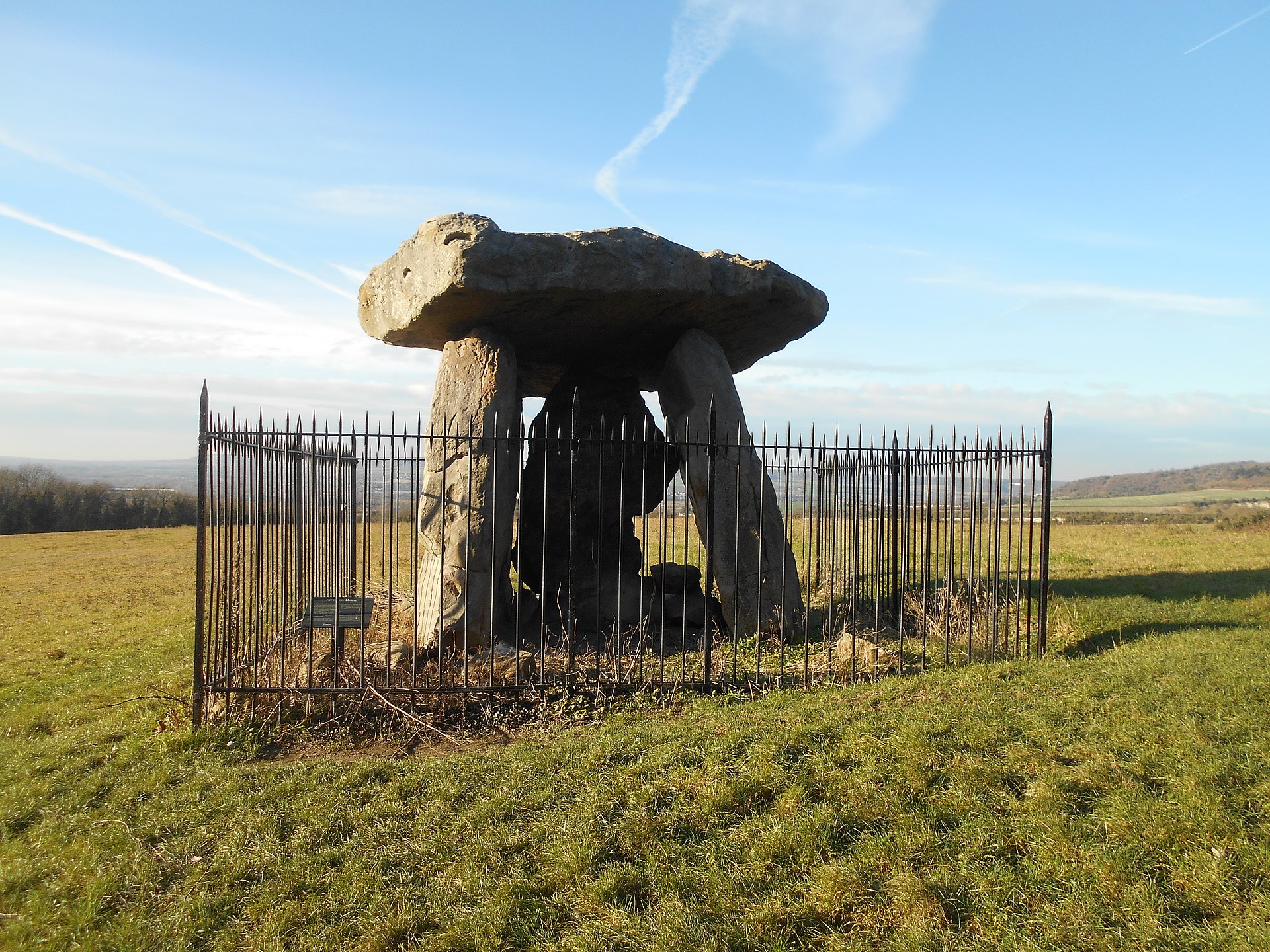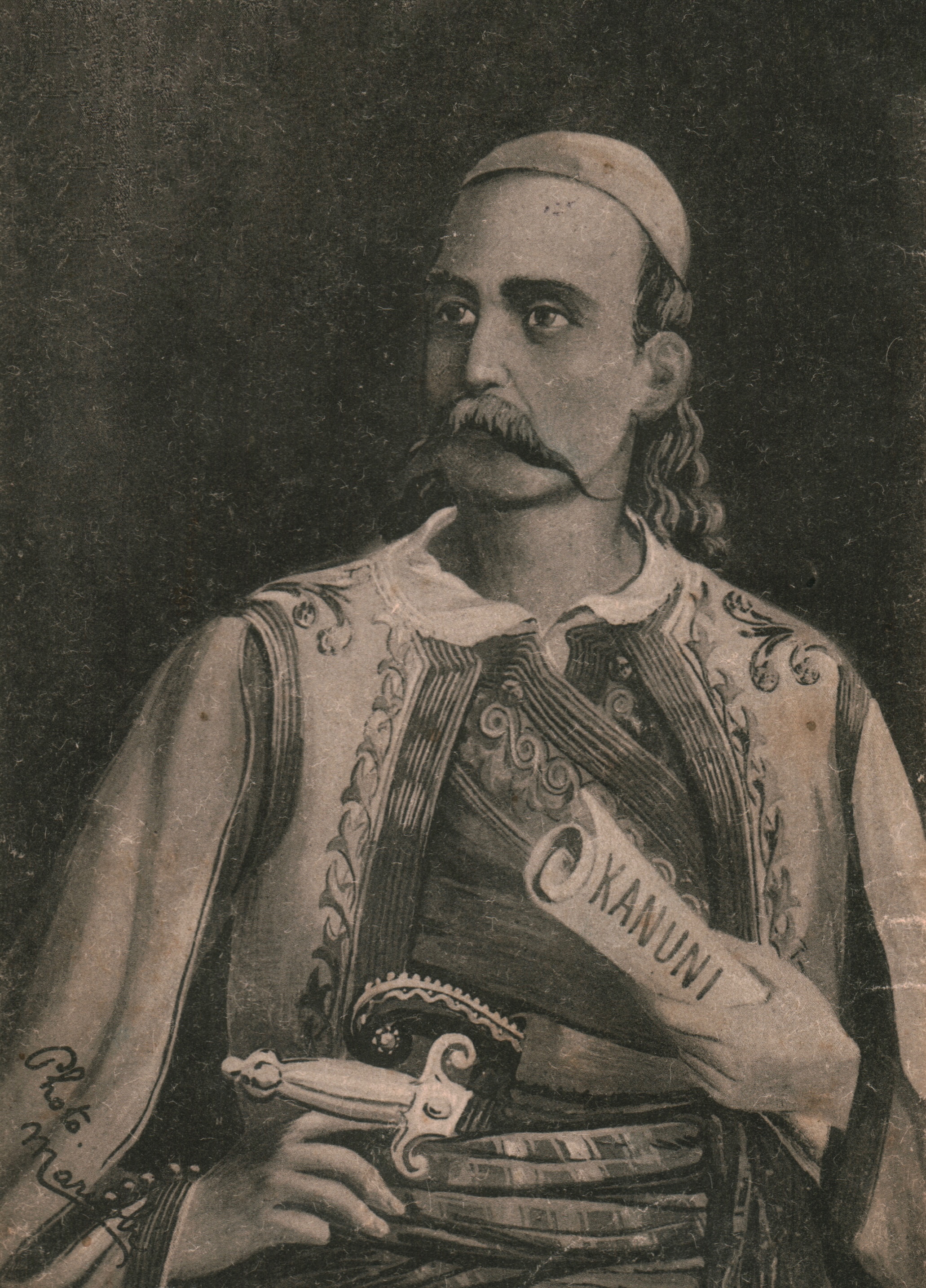Kit's Coty House

Kit’s Coty House—also known simply as Kit’s Coty—is the ruin of a chambered long barrow located near the village of Aylesford in Kent, southeastern England. Built around 4000 BCE during Britain’s Early Neolithic period, it now stands as a weathered remnant of its original form.
Archaeological evidence suggests that the monument was constructed by early pastoralist communities soon after agriculture was introduced to Britain from continental Europe. Although part of the wider tradition of long barrow construction found across Neolithic Europe, Kit’s Coty belongs to a localized style clustered along the River Medway, referred to collectively as the Medway Megaliths. Other nearby examples include Little Kit’s Coty House and the Coffin Stone to the east, while Addington Long Barrow, Chestnuts Long Barrow, and Coldrum Long Barrow lie on the river’s western side.
Kit’s Coty was among the earliest prehistoric sites in Britain to receive legal protection, thanks to the efforts of General Augustus Pitt-Rivers, the first Inspector of Ancient Monuments. Today, the site is managed by English Heritage and remains open to the public throughout the year.
The monument can be reached on foot via a track at the junction of the Pilgrim’s Way and Rochester Road. The chamber itself is surrounded by iron railings. Approximately two kilometers to the south lies Little Kit’s Coty House, another structure of the Medway group.
According to signs at the site, the name Kit’s Coty may derive from an ancient British word for “forest”—possibly kaitom or keiton—and has been interpreted as meaning “Tomb in the Forest.” The site also lent its name to the village of Kitscoty in Alberta, Canada. The use of the word “House” in its name has led to occasional confusion, with some visitors expecting to find a dwelling rather than a prehistoric tomb.
A now-lost part of the monument, known as the General’s Tombstone, once stood at its western end. Destroyed in 1867, it may have originally been part of the barrow’s structure.
Historical accounts also reflect the site’s deep cultural resonance. In 1722, antiquarian Hercules Ayleway wrote to his colleague William Stukeley about a local legend claiming that Kit’s Coty House and Lower Kit’s Coty House were built to honor two rival kings of Kent who died in battle. Another tale, collected in 1946, recounts a local belief that the chamber was raised by three witches from nearby Blue Bell Hill, assisted by a fourth who placed the capstone.
In recent times, the site has become a focus of modern Pagan practice, particularly among contemporary Druids. A 2014 study documented ceremonial activity carried out at Kit’s Coty by members of the Druid community, showing that the site continues to hold spiritual significance even in the present day.


